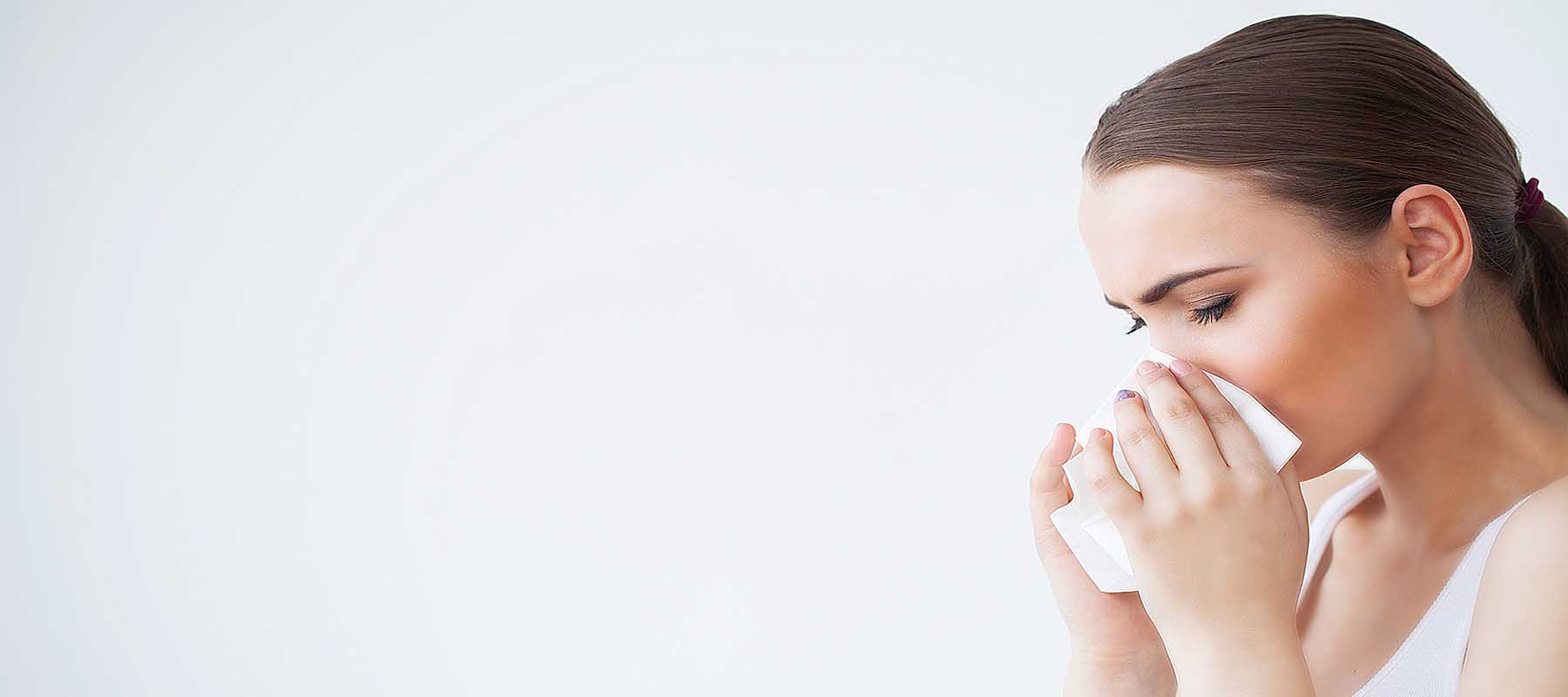Knowing what your triggers are is so very important. By now you should have the results back from the tests your doctor ran.
Pollen
Each spring, summer, and fall, tiny particles are released from trees, weeds, and grasses, these particles known as pollen, hitch rides on currents of air. Although their mission is to fertilize parts of other plants, many never reach their targets.
Instead, they enter human noses and throats, triggering a type of seasonal allergic rhinitis called pollen allergy, which many people know as hay fever or rose fever (depending on the season in which the symptoms occur).
Of all the things that can cause allergy, pollen is one of the most widespread. People with pollen allergies often develop sensitivities to other troublemakers that are present all year, such as dust mites. Year-round airborne allergens cause perennial allergic rhinitis, as distinguished from seasonal allergic rhinitis.
What is Pollen?
Plants produce microscopic round or oval pollen grains to reproduce. In some species, the plant uses the pollen from its own flowers to fertilize itself (such as a lemon tree).
Other types must be cross-pollinated; that is, pollen must be transferred from the flower of one plant to that of another plant of the same species (such as an avocado tree). Insects do this job for certain flowering plants, while other plants rely on wind transport.
The types of pollen that most commonly cause allergic reactions are made to be spread on the wind and are produced by plain-looking plants (trees, grasses, and weeds) that do not have showy flowers.
The light small, light, dry pollen granules produced by these plants are custom-made for wind transport. The yellow, heavy waxy pollen produced by showy flowers such as iris are not generally allergy triggers.
Where Is Pollen Most Common?
Most allergenic pollen comes from plants that produce it in huge quantities. A single ragweed plant can generate a million grains of pollen a day. Samples of ragweed pollen have been collected 400 miles out at sea and 2 miles high in the air.
The chemical makeup of pollen is the factor that determines whether it is likely to cause hay fever.
For example, pine tree pollen is produced in large amounts by a common tree, which would make it a good candidate for causing allergies. The chemical composition of pine pollen, however, appears to make it less allergenic than other basic types. Because pine pollen is heavy, it tends to fall straight down and does not scatter. Therefore, it rarely reaches human noses.
Among North American plants, weeds are the most prolific producers of allergenic pollen. Ragweed is the major culprit, but others of importance are sagebrush, redroot pig-weed, lamb’s quarters, Russian thistle (tumbleweed), and English plantain. Grasses and trees, too, are important sources of allergenic pollens.
Although more than 1,000 species of grass grow in North America, only a few produce highly allergenic pollen. These include timothy grass, Kentucky bluegrass, Johnson grass, Bermuda grass, redtop grass, orchard grass, and sweet vernal grass.
Trees that produce allergenic pollen include oak, ash, birch, elm, hickory, pecan, box elder, and mountain cedar.
It is common to hear people say that they are allergic to colorful or scented flowers. In many cases, they are mistaken.
In fact, only florists, gardeners, and others who have prolonged, close contact with flowers are likely to become sensitized to pollen from these plants. They assume that because they are allergic to common, drab plants, they must be allergic to the more showy plants as well. It generally isn’t true.
Most people have little contact with the large, heavy, waxy pollen grains of many flowering plants because this type of pollen is not carried by wind but by insects such as butterflies and bees.
When Do Plants Make Pollen?
One of the most obvious features of pollen allergy is its seasonal nature. People experience symptoms only when the pollen grains to which they are allergic are in the air. Each plant has a pollinating period that is more or less the same from year to year.
Exactly when a plant starts to pollinate seems to depend on the relative length of night and day and therefore on geographical location–rather than on the weather. (On the other hand, weather conditions during pollination can affect the amount of pollen produced and distributed in a specific year.)
Thus, the farther North you go, the later the pollinating period and the later the allergy season (the reverse is true south of the Equator). The pollen-producing cycle generally begins in the Spring months with trees, continues through Summer with grasses, and winds up in the fall with ragweeds.
A pollen count, which is familiar to many people from local weather reports, is a measure of how much pollen is in the air. This count represents the concentration of all the pollen (or of one particular type, like ragweed) in the air in a certain area at a specific time. It is expressed in grains of pollen per square meter of air collected over 24 hours.
Pollen counts tend to be highest early in the morning on warm, dry, breezy days and lowest during chilly, wet periods. Although a pollen count is an approximate and fluctuating measure, it is useful as a general guide for when it is advisable to stay indoors and keep windows and doors closed to avoid contact with the pollen.
Up Next – Public Enemy #2 – Dust & Dust Mites
Till next time
Cheryl
Allergy Store – Helping Customers since 1989
800 771-2246
